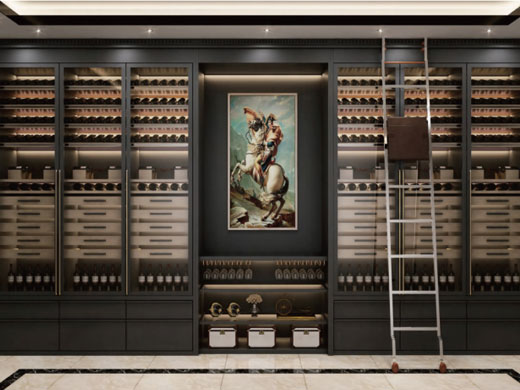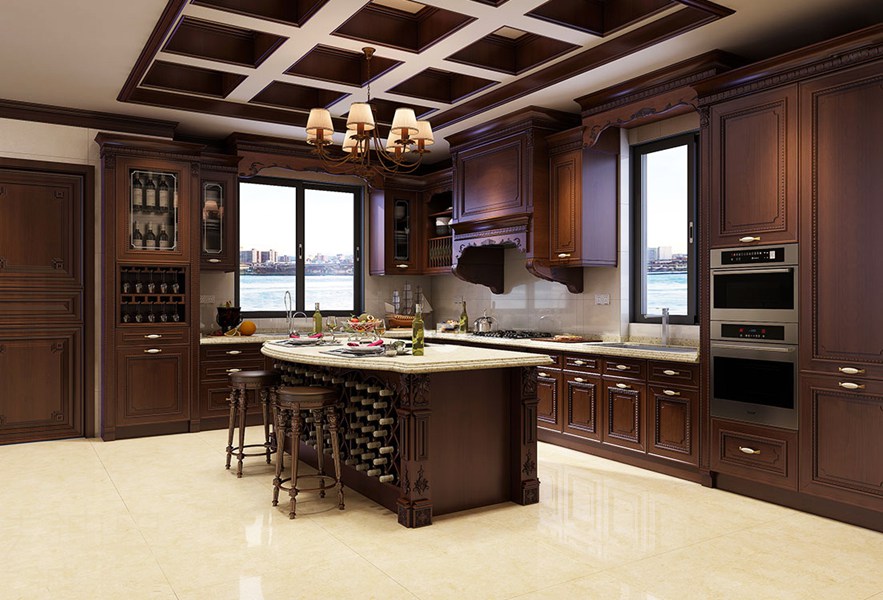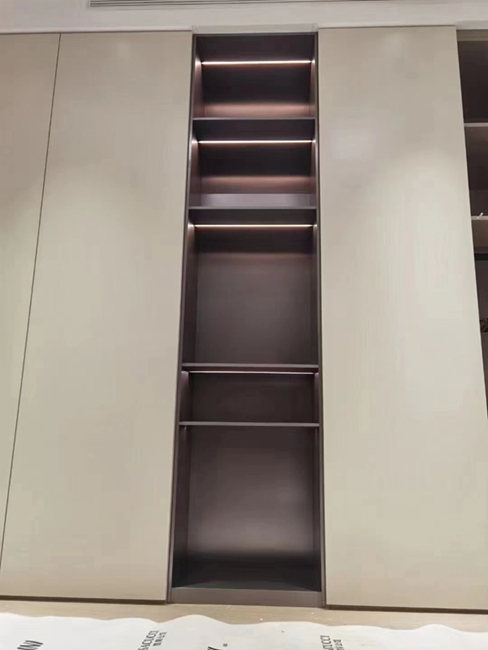Tips for Maintaining a Stainless Steel Wine Cabinet
Stainless steel wine cabinets are not only functional but also add a touch of elegance to any dining or bar area. However, to ensure they remain in optimal condition and continue to protect your wine collection, proper maintenance is essential. Here are some comprehensive tips to help you keep your stainless steel wine cabinet looking and functioning its best:
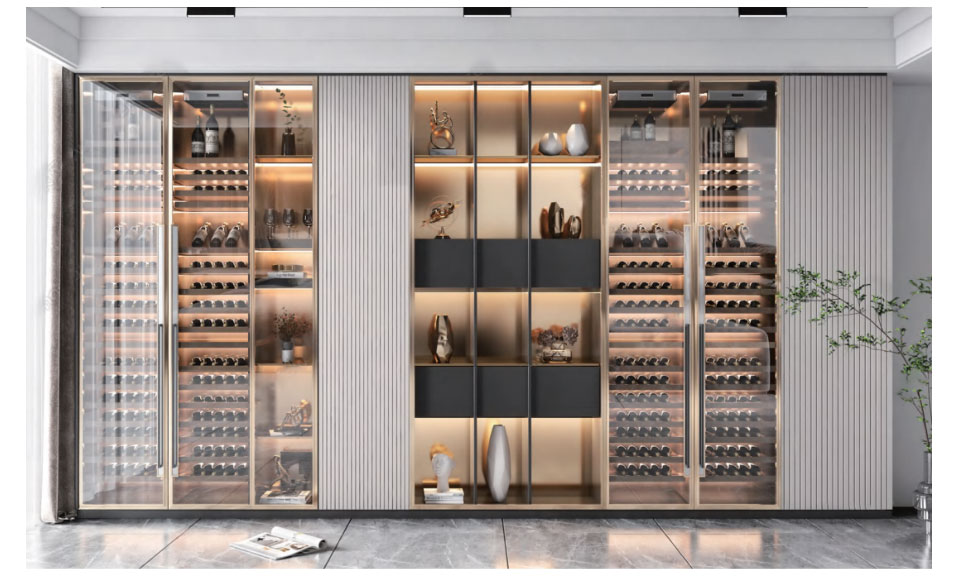
1. Regular Cleaning
Stainless steel surfaces are durable but require regular cleaning to maintain their shine and prevent buildup. Use a soft, non-abrasive cloth or sponge to wipe down the exterior and interior surfaces. For tougher stains, a mixture of warm water and mild dish soap can be used. Avoid using harsh chemicals or abrasive cleaners, as these can scratch the surface and cause damage.
2. Prevent Scratches and Damage
Stainless steel is resistant to corrosion but can still be scratched. Avoid placing sharp objects directly on the surfaces of the wine cabinet. When placing bottles or other items inside, use gentle motions to prevent scratches and dents. Additionally, avoid direct contact with hot pots or kettles, as extreme heat can damage the surface.
3. Control Humidity and Temperature
Maintaining the right humidity and temperature inside the wine cabinet is crucial for preserving both the wine and the cabinet itself. Excessive moisture can lead to condensation and potential mold growth, while extremely dry conditions can cause wood components (if present) to crack. Ensure the cabinet’s humidity and temperature settings are optimized for wine storage, and avoid opening the door unnecessarily to maintain a stable environment.
4. Use Appropriate Cleaning Agents
When cleaning your stainless steel wine cabinet, use gentle, non-abrasive cleaning agents. Baking soda mixed with water is an excellent natural cleaner that effectively removes stains without causing damage. For more stubborn residues, consider using food-grade cleaning agents specifically designed for stainless steel surfaces. Avoid using bleach or acidic cleaners, as these can corrode the stainless steel.
5. Inspect for Corrosion and Damage
Regularly inspect your wine cabinet for signs of corrosion, wear, or damage. Look for any areas where the surface may be scratched or where moisture may be accumulating. Addressing these issues promptly can prevent more significant problems down the line. If you notice any signs of rust, clean the area thoroughly and apply a protective coating to prevent further corrosion.
6. Maintain the Interior Components
If your wine cabinet includes wooden shelves or other components, these need special care. Use a soft cloth to clean wooden surfaces and avoid excessive moisture, which can cause warping or mold growth. For stainless steel shelves and racks, ensure they are free from rust and scratches, as these can affect the overall appearance and functionality of the cabinet.
7. Prevent Mold and Odors
Mold can grow in dark, humid environments, so it’s essential to control moisture inside the wine cabinet. Keep the door closed as much as possible to prevent humid air from entering, and use a dehumidifier if necessary. If mold does appear, clean the affected areas immediately with a solution of warm water and baking soda. For long-term storage, leave the door ajar slightly to allow air circulation and prevent condensation.
8. Protect Against Fingerprints and Smudges
Stainless steel surfaces are prone to fingerprints and smudges, which can detract from their appearance. To minimize these marks, use a microfiber cloth to wipe down the surfaces regularly. For a more thorough cleaning, apply a small amount of stainless steel cleaner or polish to restore the shine. Avoid using paper towels, as these can leave lint behind.
9. Professional Maintenance
While regular cleaning and inspection are essential, it’s also a good idea to have your wine cabinet professionally serviced periodically. A professional can check for any hidden issues, ensure the temperature and humidity controls are functioning correctly, and provide recommendations for maintaining the cabinet’s longevity.
Maintaining a stainless steel wine cabinet is crucial for preserving both the quality of your wine and the appearance of the cabinet. By following these tips, you can ensure your wine cabinet remains in excellent condition for years to come. Regular cleaning, careful handling, and attention to detail will not only protect your investment but also enhance the overall ambiance of your dining or bar area. With proper care, your stainless steel wine cabinet will continue to be a stylish and functional centerpiece for your wine collection.
Hot News

Best Stainless Steel Wine Cabinet for Home
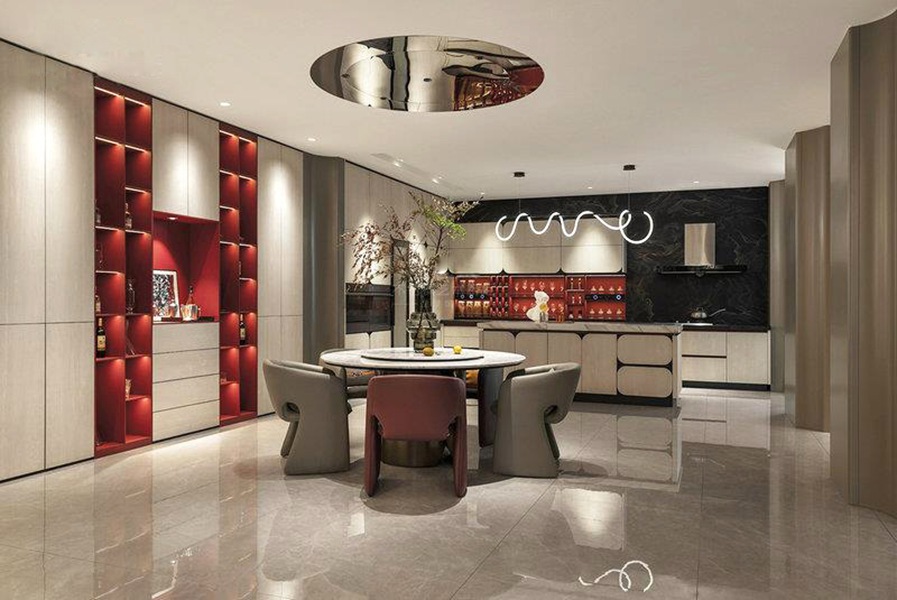
Stainless Steel Cabinets vs. Wood Cabinets: Which is the Better Choice for Your Kitchen?
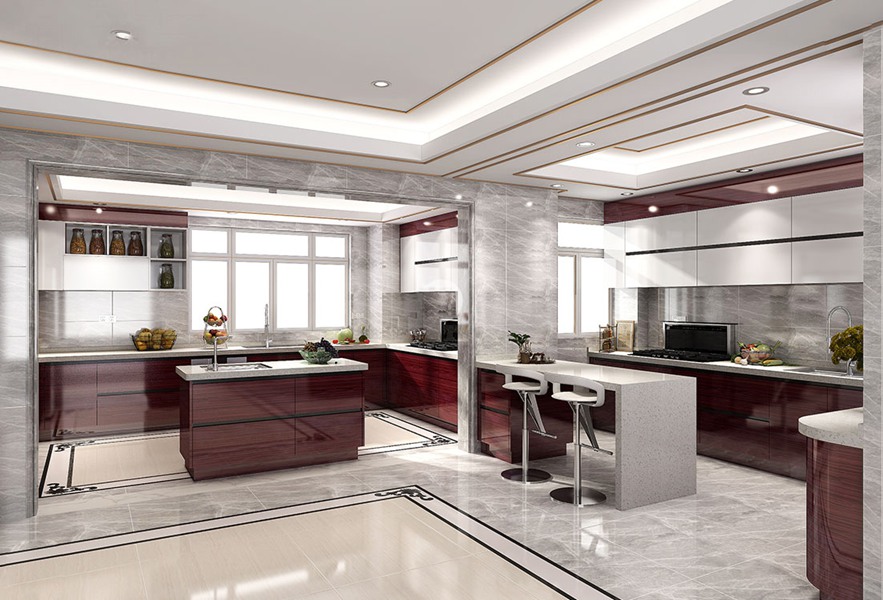
Minimalist Kitchen Design: How Stainless Steel Cabinets Fit the Trend
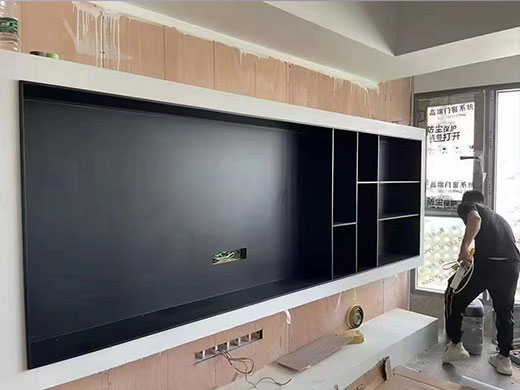
Creative Uses of Stainless Steel Wall Niches in Contemporary Interiors
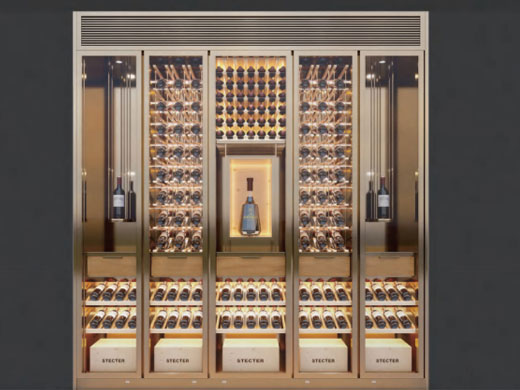
Stainless Steel vs. Wooden Wine Cabinets: Pros & Cons

Glass Door vs. Solid Door Stainless Steel Wine Cabinets: What’s Best?
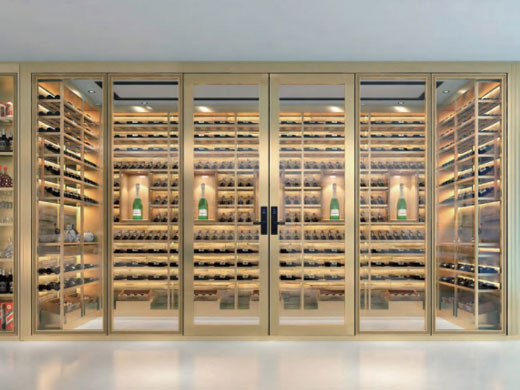
High-End vs. Budget-Friendly Stainless Steel Wine Cabinets: A Buyer’s Guide
